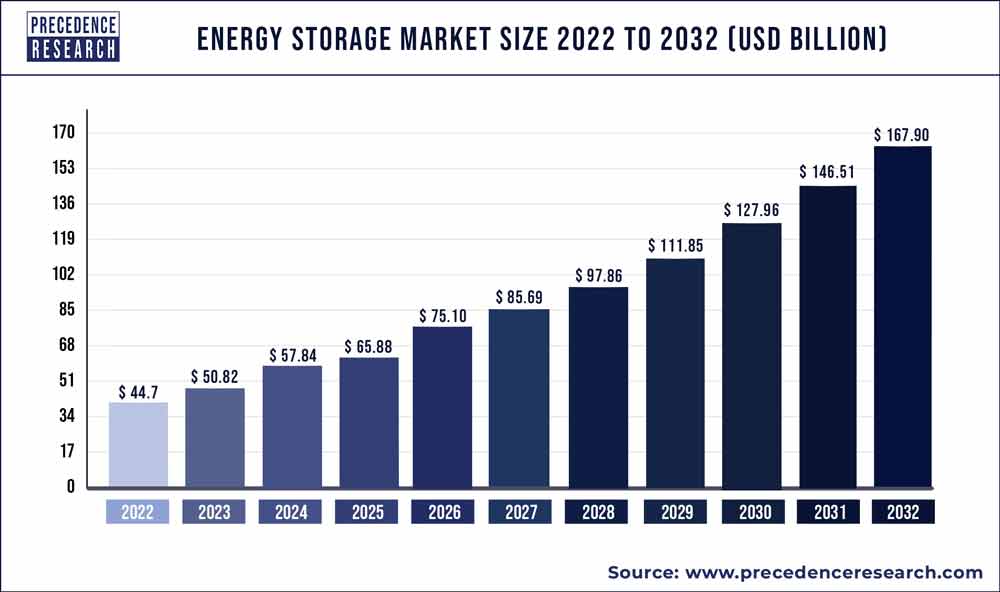Smart buildings utilize BAS to optimize systems like lighting, HVAC, and security, often relying on real-time data and occupancy patterns. Integrating energy storage into this setup allows the building to store surplus energy generated from renewable sources like rooftop solar panels or the grid during off-peak hours. This stored energy can then be utilized during peak demand periods, reducing reliance on the grid and lowering energy costs. Moreover, the BAS can intelligently manage the charging and discharging of the energy storage system based on the building’s needs and energy prices, maximizing efficiency and cost savings. This synergy reduces a building’s carbon footprint and enhances its resilience against power outages, ensuring critical systems remain operational.

examples of energy storage products in(BAS):
- Battery Energy Storage Systems (BESS): These are perhaps the most common type, utilizing lithium-ion or other advanced battery chemistries to store electricity. They can be scaled to fit various building sizes and are ideal for load shifting, peak shaving, and backup power.
- Thermal Energy Storage (TES): TES systems store energy through heat or cold. Ice-based TES, for example, can produce chilled water for cooling during peak hours, reducing the load on the HVAC system. Similarly, molten salt TES can store heat for later use in heating or even power generation.
- Flywheel Energy Storage: While less common in buildings, flywheels offer rapid response times and high cycle life, making them suitable for applications requiring frequent charge/discharge cycles, such as power quality improvement.
- Hydrogen Fuel Cells: Although still in the early stages of adoption, hydrogen fuel cells offer long-duration energy storage potential, especially for larger buildings or microgrids. They can generate electricity on demand, serving as a power source and storage solution. It offers a promising solution for long-term energy storage and transportation applications.
- Virtual Power Plants (VPPs): While not a physical product, VPPs aggregate distributed energy resources (DERs) like solar panels, batteries, and even electric vehicles within or across multiple buildings to act as a single power plant. Based on real-time energy prices and demand, the BAS can then control the VPP’s energy dispatch to the grid or internal loads.
Advancements in Battery Technology:
- Lithium-ion batteries: While not entirely new, lithium-ion batteries continue to see significant advancements in energy density, cost reduction, and safety. These improvements make them more viable for large-scale energy storage applications, such as grid-level storage and electric vehicle charging stations.
- Solid-state batteries: This emerging technology promises even higher energy densities and improved safety than traditional lithium-ion batteries. Solid-state batteries use a solid electrolyte instead of a liquid one, reducing fire risk and enabling faster charging times.
- Flow batteries: Ideal for long-duration energy storage, flow batteries store energy in liquid electrolytes in external tanks. Their scalability and long lifespan make them suitable for large-scale applications like grid stabilization and renewable energy integration.
The Role of Energy Storage in Energy Conservation
Energy storage technologies play a vital role in promoting energy conservation in several ways:
- Load shifting: Energy storage enables us to store surplus energy generated during periods of low demand and use it during peak demand times. This reduces the need for additional power plants and helps to balance the load on the grid.
- Renewable energy integration: The intermittent nature of renewable energy sources, such as solar and wind, poses challenges for grid stability. Energy storage solutions can smooth out fluctuations in renewable energy generation, making it more reliable and dispatchable.
- Energy efficiency: Energy storage systems help reduce energy consumption and waste by storing and utilizing energy more efficiently.
Sources
- What are Battery Energy Storage Systems (BESS)? | Cummins Inc. www.cummins.com
- Thermal energy storage: Technology brief – IRENA www.irena.org
- Thermal Energy Storage for Chilled Water Systems – The Vertex Companies vertexeng.com
- Molten Salts Tanks Thermal Energy Storage: Aspects to Consider during Design – MDPI www.mdpi.com
More links

The latest innovations in energy storage technologies are revolutionizing how we generate, store, and use energy. These advancements contribute significantly to energy conservation efforts by enabling load shifting, facilitating renewable energy integration, and improving overall energy efficiency.
Read more from our sponsors on Energy Efficiency.
AutomatedBuildings.com is an online source of information and connection for the Building Automation Industry since 1999.



